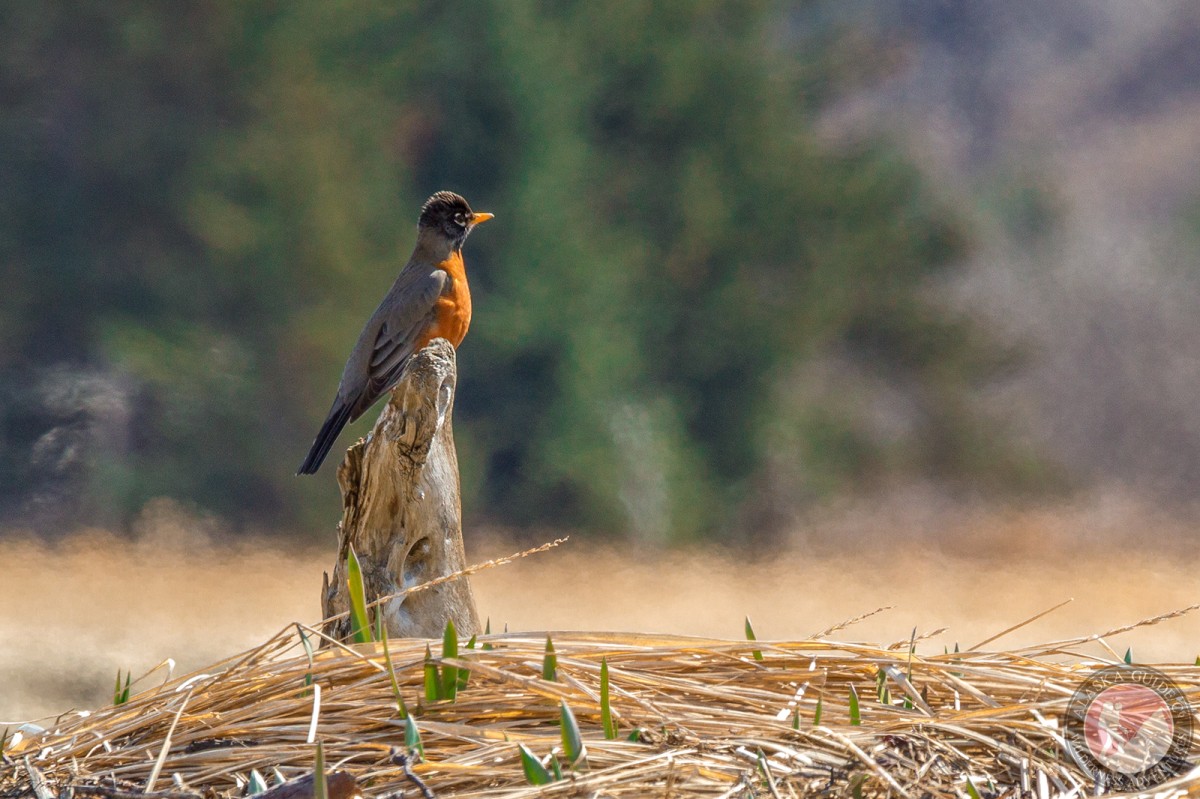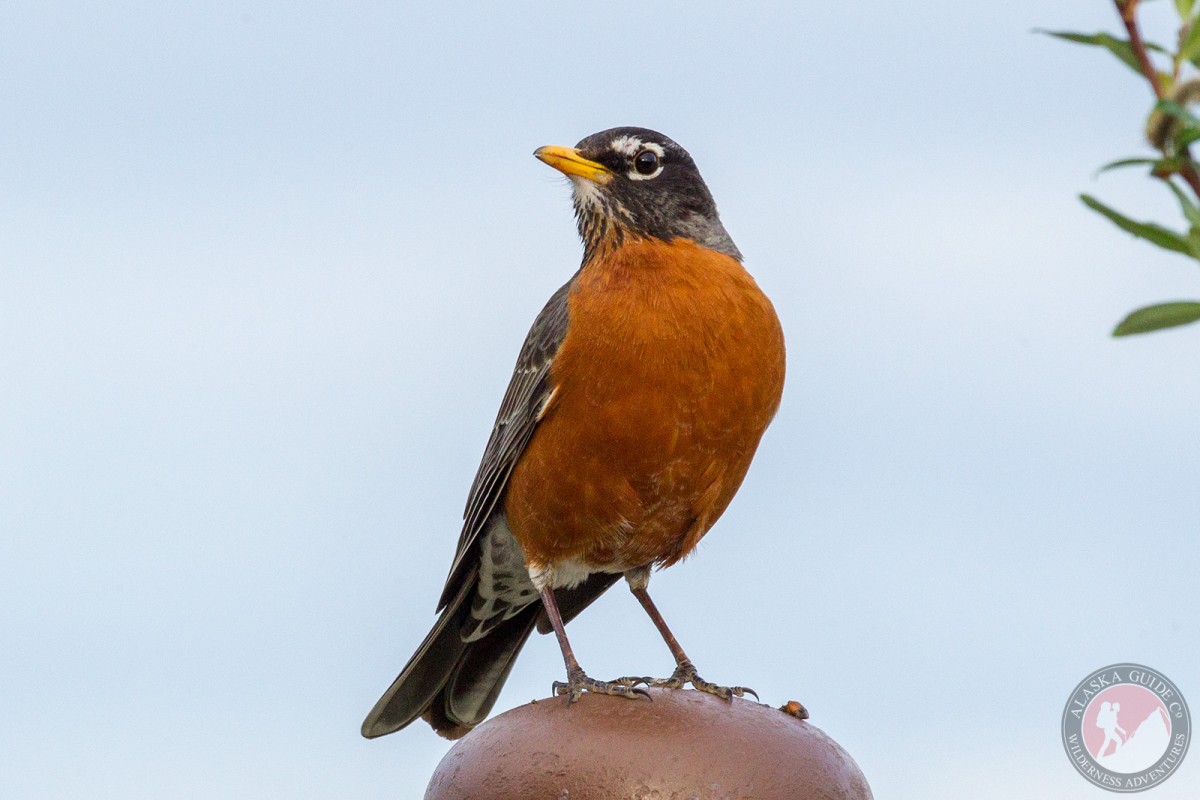Latin:
- Turdus migratorius
Iñupiaq:
- kanayuuraq
Yup'ik:
- curcurliq, ivatqiluiq
Subspecies:
Viewing Scale:



